Estimated reading time: 8 minutes
Stocking your pantry is an important part of elevating your survival game. Many of us have stocked pantries with an added stockpile of emergency foods for long-term storage. While not all foods are equal in terms of shelf life, there are some foods you should always have on hand, no matter the circumstance.
The foods listed below are the best-selling foods among preppers and homesteaders. There are various reasons: shelf life, nutrition, flavoring, etc. If you don't have a lot of food stockpiled or a lot of money to spend, start with the most popular emergency foods.
Want to save this post for later? Click Here to Pin It On Pinterest!
Flour
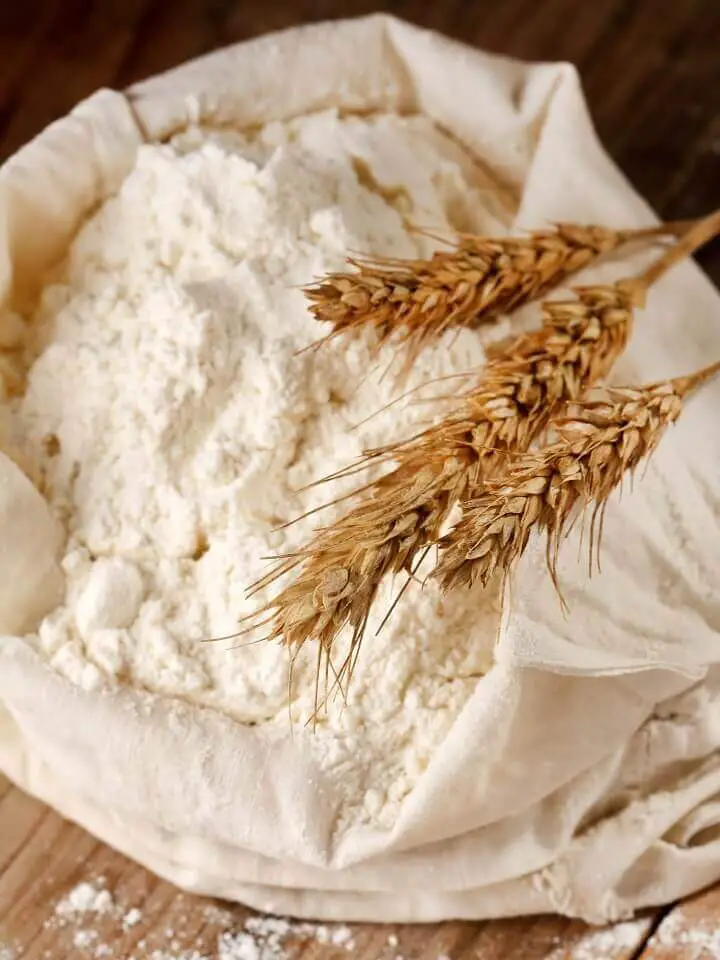
As one of the most basic foods, flour has been used for centuries to make bread. Many stores sell 50-pound bags of flour, but it is best to store them in other ways for long-term use. Consider putting one of these bags into a large plastic tub or container to keep it safe from rodents or pests. Another way to store flour is to dry can using glass mason jars. Flour is a great staple that you should always have on hand!
Note that white flour is the best option to store for long periods of time as it won’t spoil as quickly as other types of wheat flour. Storing white flour in air-tight containers helps keep it fresher as well.
Pasta
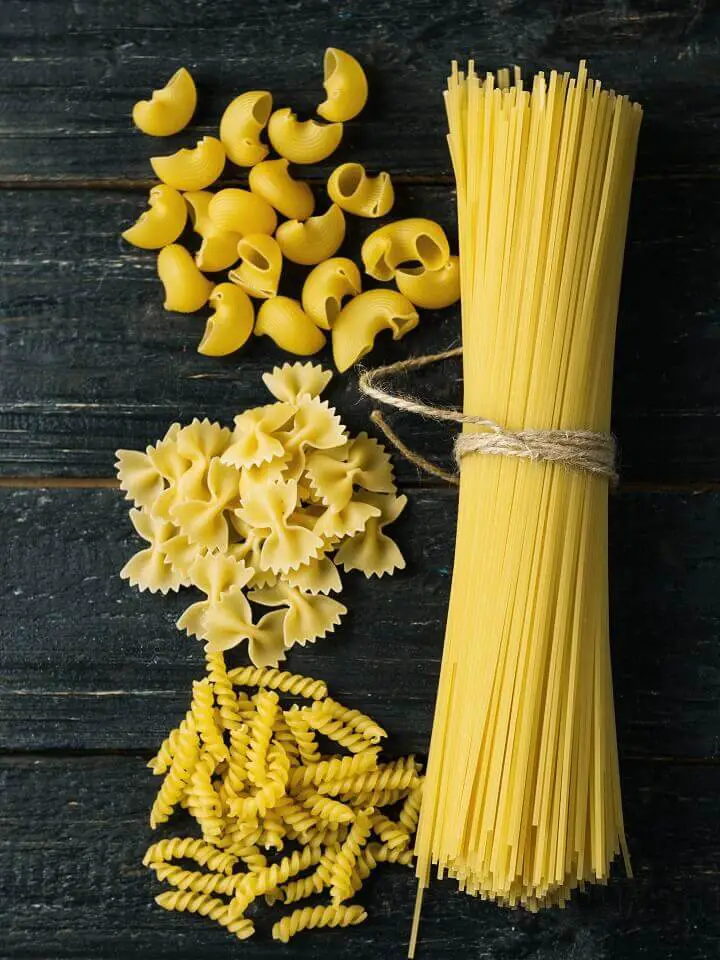
Dried pasta is a simple emergency food that is also relatively inexpensive. A pound of pasta can easily cost less than a dollar and is enough food for a meal for most families. Dried pasta lasts a long time but can pose a problem if left in cardboard boxes. Consider storing the boxes of pasta in a protected container to keep away pests and protect it from water.
Rice

Even if your family doesn’t always eat rice, it is an easy emergency food that lasts a long time and doesn’t take up as much space as other foods. Rice comes in large bags, and you can easily store it in mason jars or glass containers. As a food that expands, rice packs a lot of punch in that a small amount of dry rice will bloom into many cups of food with just some water and heat.
For added nutrition, try storing brown rice as well. Just remember that like flour, brown rice doesn’t last as long as white rice due to its added fiber contents.
Salt

If you think that salt isn’t essential, think again! Many new survivalists overlook the importance salt plays in the daily diet. Storing salt in large quantities is vital for survival as it can be used in so many different ways. Make sure to keep iodized salt to ensure that your family receives needed iodine in their diets. Salt is also great to help preserve food that you may harvest in an emergency, like wild meat or frozen meat that will go bad if the power is out.
Make sure to keep salt away from any water sources like pipes, drains, or even other wet items in your stockpile. Moisture of any kind will cause salt to clump up and take extra time to dry out.
Dried Beans
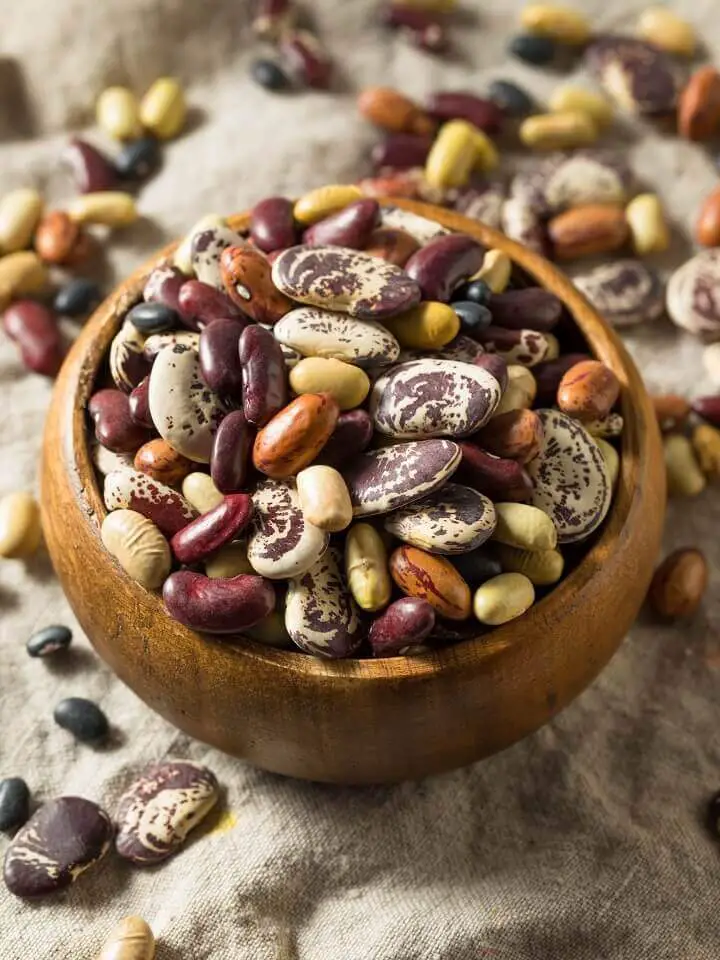
Protein is hard to come by for many people in an emergency. As a food source that spoils, it is crucial to find other protein sources for stockpiles. Dried beans are a good protein option that can sit on the shelf for decades. Consider storing different kinds of beans like black, kidney, pinto, and navy beans for emergencies. This category also includes lentils and legumes that are also great to mix into meals for added nutrients.
Peanut Butter
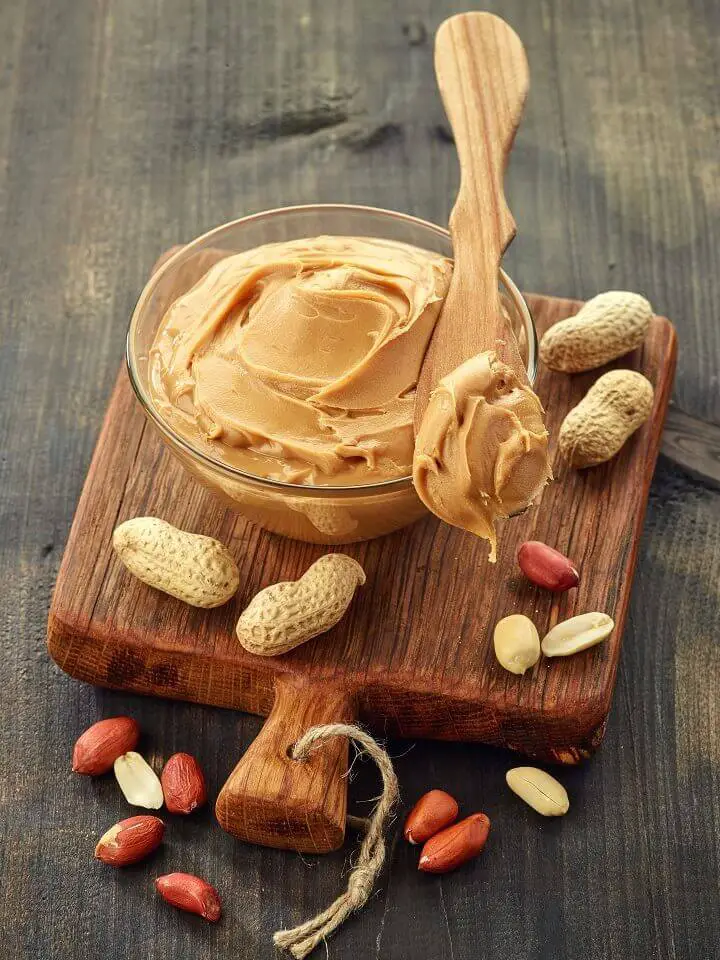
Another shelf-stable item that will last for years is peanut butter. Many survivalists love storing peanut butter because it is highly caloric, nutritious, and is a good source of protein. Peanut butter can be eaten by itself or added to other meals as well. It doesn’t go bad once opened and is an amazing food to keep for an emergency.
If you want to pack more of a fiber punch into your stockpile, consider storing crunchy peanut butter over creamy. The crunchy stuff has a whole gram of fiber more per serving than the smooth version!
Oil

Oil is one of the most popular emergency foods because of its natural fat content. There are many different types of oil to choose from including vegetable, canola, and olive oil. Keeping oil on hand in your emergency stockpile is a shelf-stable way to ensure that you can cook in the worst of circumstances. You can also use vegetable oil to make a lamp in an emergency.
Honey
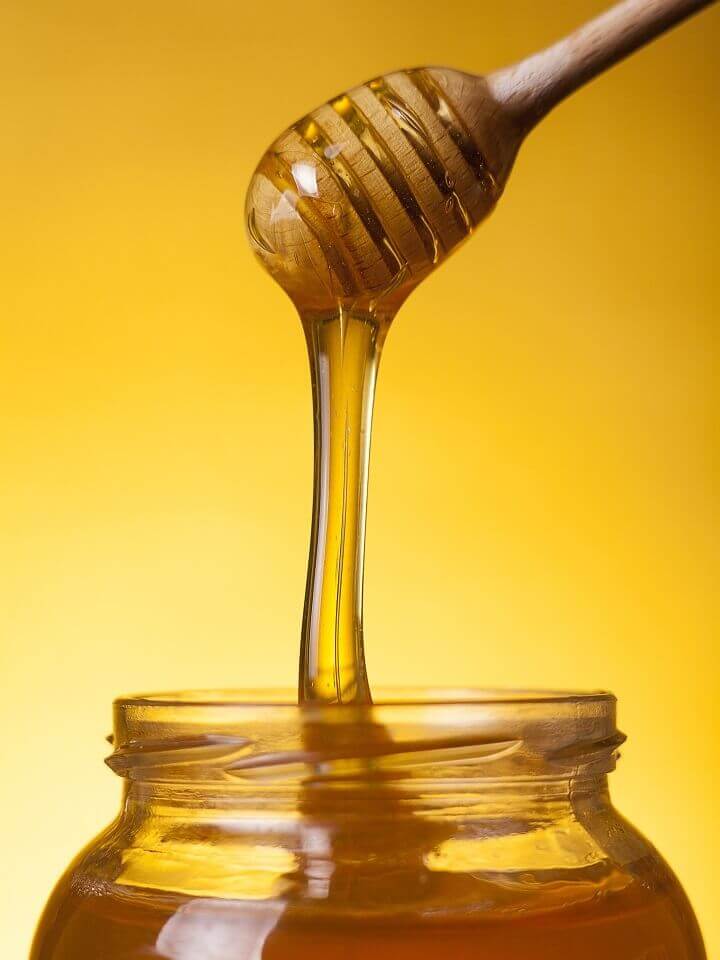
Known as the perfect food, honey is highly important for multiple reasons. Honey never expires as it is a natural food that is perfectly stable on its own. It is also a great addition to an emergency food stockpile because it is a sweet substitute for sugar. Honey is also an excellent item for cuts and scrapes as it is naturally antibacterial. If you have a jar of honey that has solidified, simply add some heat to it.
Baking Soda
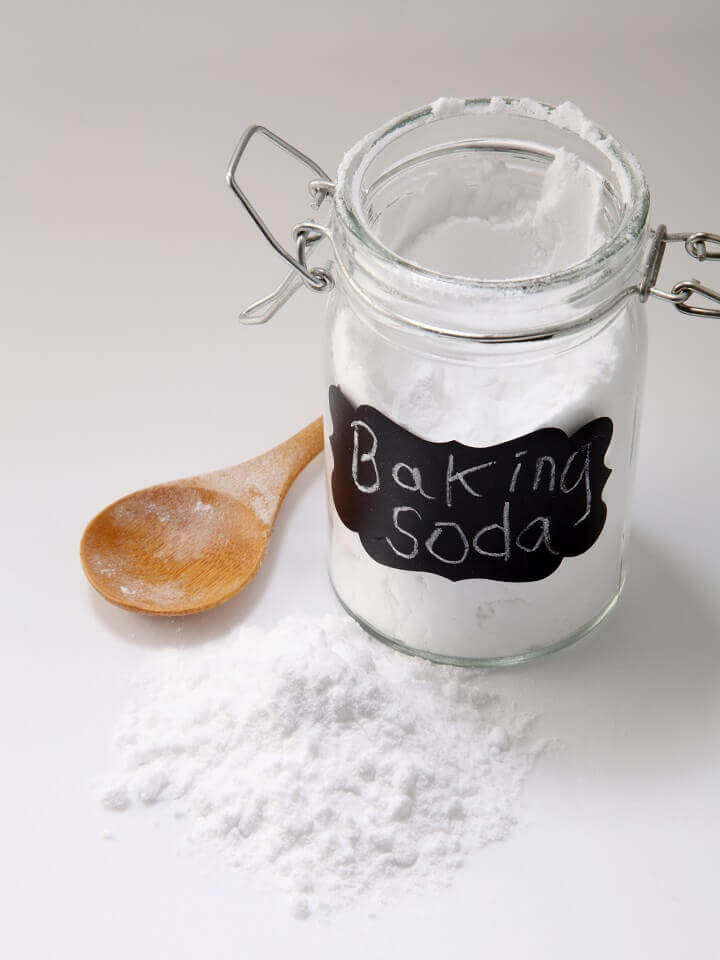
Baking soda is an essential part of an emergency food stockpile as a leavening agent. It can be used to make all kinds of breads and carbohydrates for meals. Baking soda is also a cleaning agent that can help with personal hygiene like homemade toothpaste. In fact, there are at least 101 uses for baking soda.
Oatmeal
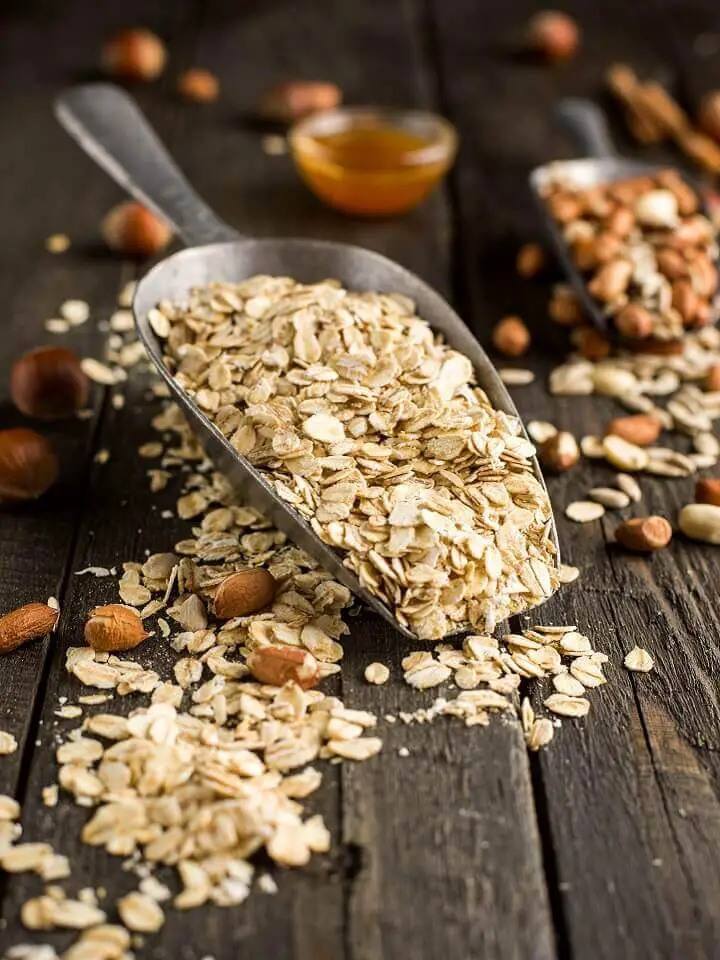
Oatmeal is packed with nutrients, including fiber, which can significantly help you feel fuller and have more energy in an emergency. Oatmeal can be combined with many other foods to create sweet treats and hearty meals.
Remember to think about long-term storage and how to protect the stockpile from dangers like pests, water, and pets. Stock up on heavy-duty plastic containers as well as glass jars that will help deter problems. If you don't know much about food storage, start here.
It can be overwhelming when you start to put together an emergency stockpile of food. However, your stockpile builds quickly if you add to it a little each month. Make sure your stockpile has plenty of the most popular emergency foods to keep your family safe (and full) in an emergency.
Like this post? Don't Forget to Pin It On Pinterest!



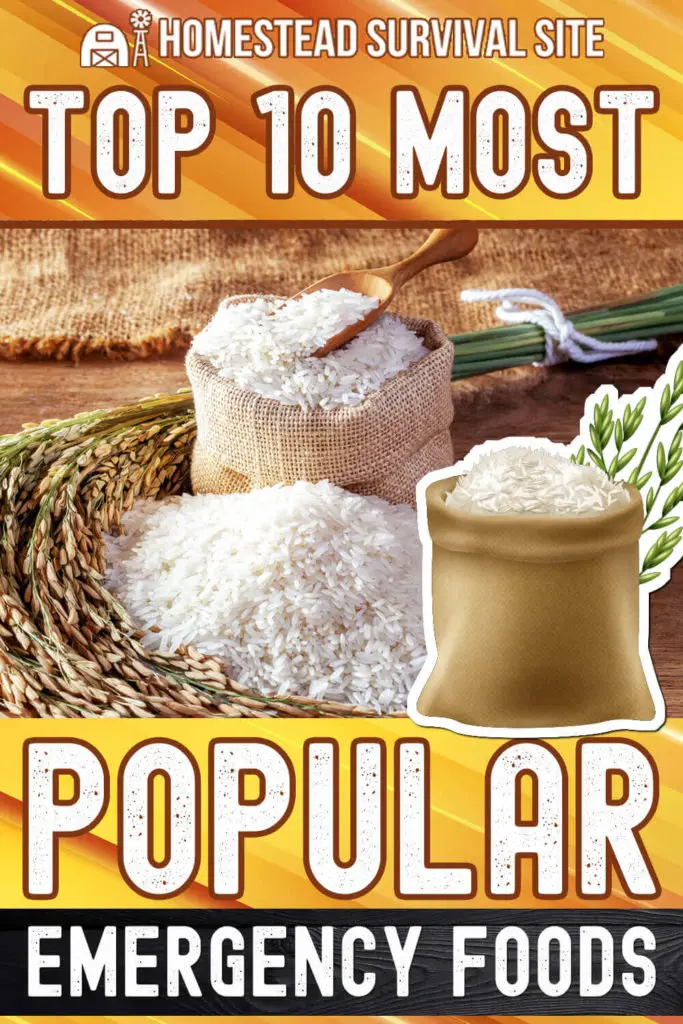

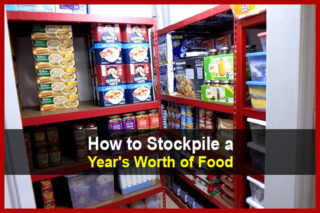
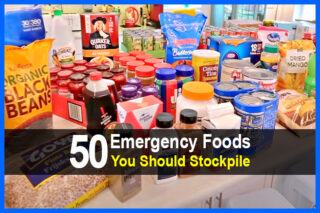

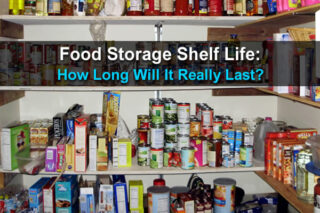
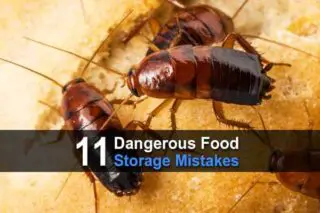



I agree with most of the items you suggested but Oatmeal is not on my list. i do have grits on mine because my daughter likes them. No one else in the family eats cooks cereal. I do save a lot of dried beans though. I have about 2,000 pounds of them of all types most are all mixed together for Chili but I do keep some white beans separate because we all love baked beans.
I just read an article that stated several of the items listed wouldn’t last more than a year. Those being peanut butter, oat meal, flour, and baking soda.
Interesting what advice one will find that contradicts each other..
Charles, a lot of food storage is dependent upon how the food is packaged and the conditions it is stored in – cool and dry is the standard. Even if only stored for a short while, always inspect your food when you open it with a visual, a sniff, and even a small taste if you think its warranted. If questionable, don’t risk getting sick.
Peanut Butter will last for many years long after the “best if used by” dates, but the oil may separate and if that happens just stir it back together really well and enjoy. Most canned goods will also be safe many years after the “best if used by” dates, but you should always inspect the cans for damage, rust, leaking, or bulging.
Flour and Oatmeal “shelf life” depends on how it is packaged and stored. If it’s in the original paper or cardboard container it will eventually get “stale” and may still be edible but does not taste very good, and also might get infested with insects or contaminated by rodents. If your flour and oats are sealed in completely airtight packaging like mylar bags or glass canning jars, along with oxygen absorbers, your flour and oatmeal should last for years. People who have been doing this for decades say you should freeze your flour and oatmeal for three or four days to kill any insect eggs prior to packaging for long term storage. I think that would apply to all grain products like pasta and cornmeal, and maybe even for dried beans and dehydrated fruits as well. It shouldn’t hurt anything to freeze them for a few days as long as they stay dry, then package for storage.
Baking soda is a sodium (salt) and will last forever as long as it doesn’t get wet, or somehow gets contaminated like insects or rodents chewing their way through the packaging. This also applies to salt, and granulated sugar.
Shelf life depends on quality, type of packaging, and storage conditions. I have read many times that wheat stores longer than flour, but well-kept flour has a respectable shelf life (wish I could use it). Peanut butter is iffy due to the oil content. Rotate your stock. There’s also peanut butter powder, which reportedly has a longer shelf life, but is less fun to eat. I have some oatmeal. I took it out of its cardboard cans and placed it in mylar bags with oxygen absorbers. Worse case scenario, I can use it as bait for some small animals or fish. Baking soda-keep airtight and dry, and your grandkids can use it to clean their dentures.
Also, don’t take my word for it. I’m just another goober with a keyboard. Read and read and read. Best wishes.
PEANUT BUTTER I HAVE FOUND WILL NOT SEPARATE IF YOU TURN THE CONTAINER UPSIDE-DOWN!! WHY I DON’T KNOW??
Charles, Many people think that “Best by” and “Expiration Date” = Beware – this is no good, even poisonous.
I just opened a jar of peanut butter that is aver 9 years old and it’s just fine. So much for the “year” theory. Similar results with baking soda. I don’t do oat meal or flour.
Oatmeal, flour and baking sofa will last years in a Mylar bag with oxygen absorbers